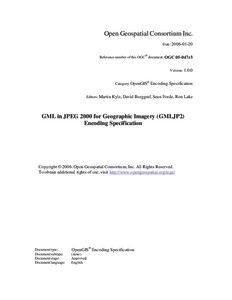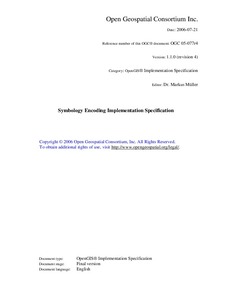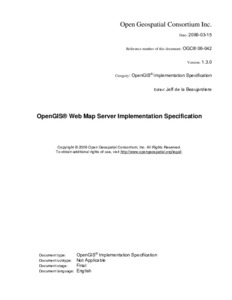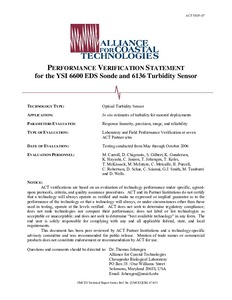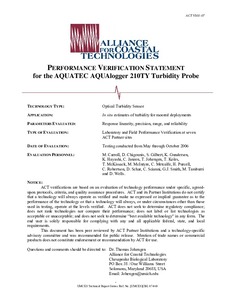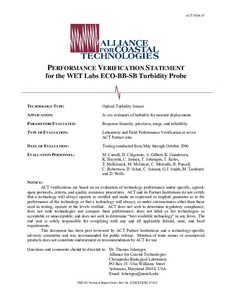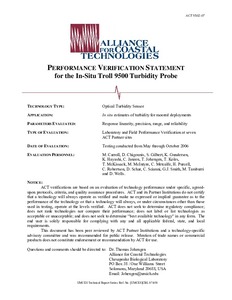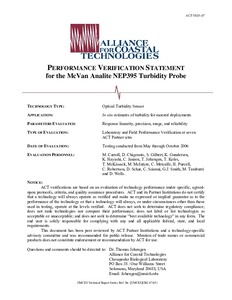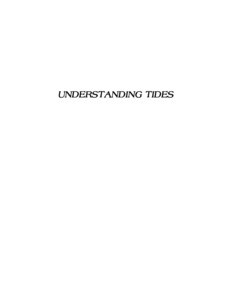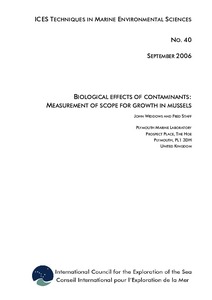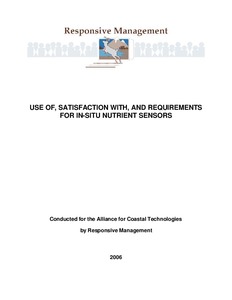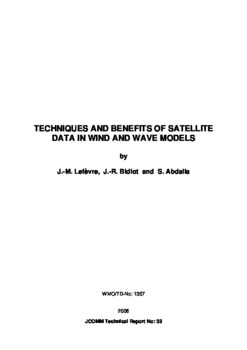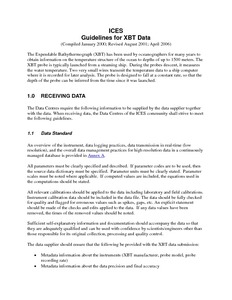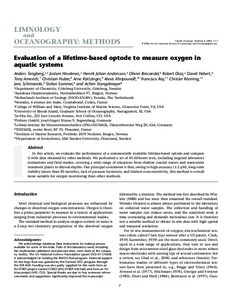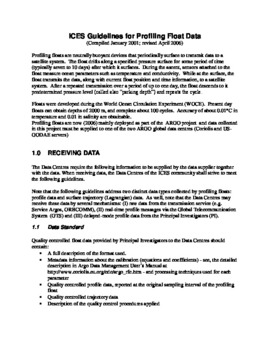Browsing by Issue Date
Now showing items 201-220 of 2119
-
GML in JPEG 2000 for Geographic Imagery (GMLJP2) Encoding Specification. Version 1.0.0.
(Open Geospatial Consortium, Wayland, MA, 2006)The OpenGIS® GML in JPEG 2000 for Geographic Imagery Encoding Standard defines the means by which the OpenGIS® Geography Markup Language (GML) Standard http://www.opengeospatial.org/standards/gml is used within JPEG 2000 ... -
Symbology Encoding Implementation Specification. Version 1.1.0. (revision 4).
(Open Geospatial Consortium, Wayland, MA, 2006)The OpenGIS® Symbology Encoding Standard (SES) defines an XML language for styling information that can be applied to digital geographic feature and coverage data. SE is independent of any OGC Web Services descriptions and ... -
OpenGIS® Web Map Server Implementation Specification. Version 1.3.0.
(Open Geospatial Consortium, Wayland, MA, 2006)This International Standard specifies the behaviour of a service that produces spatially referenced maps dynamically from geographic information. It specifies operations to retrieve a description of the maps offered by ... -
SVP-B drifter built by METOCEAN: Use and deployment instructions. Version 2.
(Meteo-France, Centre de Meteorologie Marine, Brest, France, 2006)The SVP-B buoy is a lagrangian drifter based on the specifications of the Barometer Drifter Construction Manual issued by the Data Buoy Cooperation Panel. Built by METOCEAN Data Systems, it is designed for a minimum 12 ... -
Performance Verification Statement for the YSI 6600 EDS Sonde and 6136 Turbidity Sensor.
(Alliance for Coastal Technologies (ACT), Solomons, MD, 2006)Instrument performance verification is necessary so that effective existing technologies can be recognized and so that promising new technologies can become available to support coastal science, resource management, and ... -
Performance Verification Statement for the AQUATEC AQUAlogger 210TY Turbidity Probe.
(Alliance for Coastal Technologies (ACT), Solomons, MD, 2006)Instrument performance verification is necessary so that effective existing technologies can be recognized and so that promising new technologies can become available to support coastal science, resource management, and ... -
Performance Verification Statement for the WET Labs ECO-BB-SB Turbidity Probe.
(Alliance for Coastal Technologies (ACT), Solomons, MD, 2006)Instrument performance verification is necessary so that effective existing technologies can be recognized and so that promising new technologies can become available to support coastal science, resource management, and ... -
Performance Verification Statement for the In-Situ Troll 9500 Turbidity Probe.
(Alliance for Coastal Technologies (ACT), Solomons, MD, 2006)Instrument performance verification is necessary so that effective existing technologies can be recognized and so that promising new technologies can become available to support coastal science, resource management, and ... -
Performance Verification Statement for the McVan Analite NEP395 Turbidity Probe.
(Alliance for Coastal Technologies (ACT), Solomons, MD, 2006)Instrument performance verification is necessary so that effective existing technologies can be recognized and so that promising new technologies can become available to support coastal science, resource management, and ... -
Understanding tides.
(NOAA, National Ocean Service, Silver Spring, MD, 2006)This book presents an elementary explanation of tides and tidal datums. It is written to explain the natural phenomenon of tides in terms and concepts readily understandable by students as ... -
Ocean Systems Test and Evaluation Program Data Communications Plan.
(NOAA, NOS Center for Operational Oceanographic Products and Services, Silver Spring, MD, 2006)Programmatic requirements and data communi cation technology are changing very rapidly, making it difficult but necessary for CO-OPS to effectively plan for the future. The systems that are currently used for primary ... -
Remote Sensing of Inherent Optical Properties: Fundamentals, Tests of Algorithms, and Applications.
(International Ocean Colour Coordinating Group (IOCCG), Dartmouth, NS, Canada, 2006)Variations in inherent optical properties (IOPs), i.e., the scattering and absorption characteristics of water and its constituents (the dissolved and suspended material) are clear indications of changes in water mass or ... -
Protocols for Verifying the Performance of In Situ Turbidity Sensor.
(Alliance for Coastal Technologies (ACT), Solomons, MD, 2006)As part of our service to the coastal community, ACT Partner Institutions and Stakeholder Council have chosen the performance verification of commercially available, in situ turbidity sensors as the third ACT ... -
Biological effects of contaminants: measurement of scope for growth in mussels.
(International Council for the Exploration of the Sea (ICES), Copenhagen, Denmark, 2006)Scope for growth (SFG) is a method of assessing the whole-animal physiological response to sublethal stress induced by pollutants. It has been applied widely in small- and large-scale pollution monitoring programmes in ... -
Use of, Satisfaction with, and Requirements for In-Situ Nutrient Sensors.
(Alliance for Coastal Technologies (ACT), Solomons, MD, 2006)This study was conducted for the Alliance for Coastal Technologies (ACT) to gather data about the use of in-situ nutrient sensors. The study entailed a telephone survey of professionals in the coastal resources field, ... -
Techniques and Benefits of Satellite Data and Wave Models.
(WMO & IOC, Geneva, Switzerland, 2006)This report documents techniques and benefits of satellite data in wind and wave models. It provides an overview of available satellite wind and wave data and their possible usage based on the questionnaire prepared by the ... -
Verification of operational global and regional wave forecasting systems against measurements from moored buoys.
(WMO & IOC, Geneva, 2006)The purpose of this JCOMM Technical Report is to document the global wave model verification activity, giving details of the working mechanism and file formats so that modeling centres not yet engaged may judge whether or ... -
ICES Guidelines for XBT data. (Compiled January 2000; revised August 2001; April 2006)
(International Council for the Exploration of the Sea (ICES), Copehagen, Denmark, 2006)The Expendable Bathythermograph (XBT) has been used by oceanographers for many years to obtain information on the temperature structure of the ocean to depths of up to 1500 meters. The XBT probe is typically launched ... -
Evaluation of a lifetime‐based optode to measure oxygen in aquatic systems.
(2006)In this article, we evaluate the performance of a commercially available lifetime‐based optode and compare it with data obtained by other methods. We performed a set of 10 different tests, including targeted laboratory ... -
ICES Guidelines for Profiling Float data. (Compiled January 2001; revised April 2006)
(International Council for the Exploration of the Sea (ICES), Copenhagen, Denmark, 2006)Profiling floats are neutrally buoyant devices that periodically surface to transmit data to a satellite system. The float drifts along a specified pressure surface for some period of time (typically seven to 10 days) ...
 Repository of community practices in Ocean Research, Applications and Data/Information Management
Repository of community practices in Ocean Research, Applications and Data/Information Management
